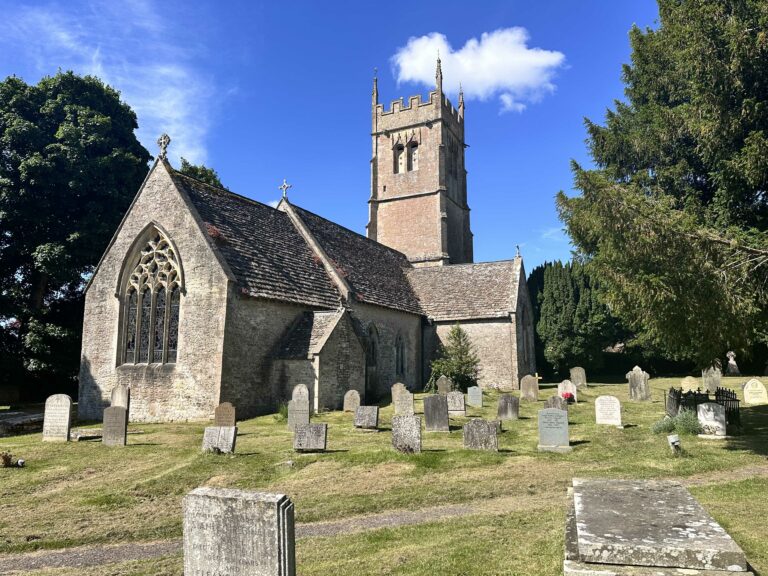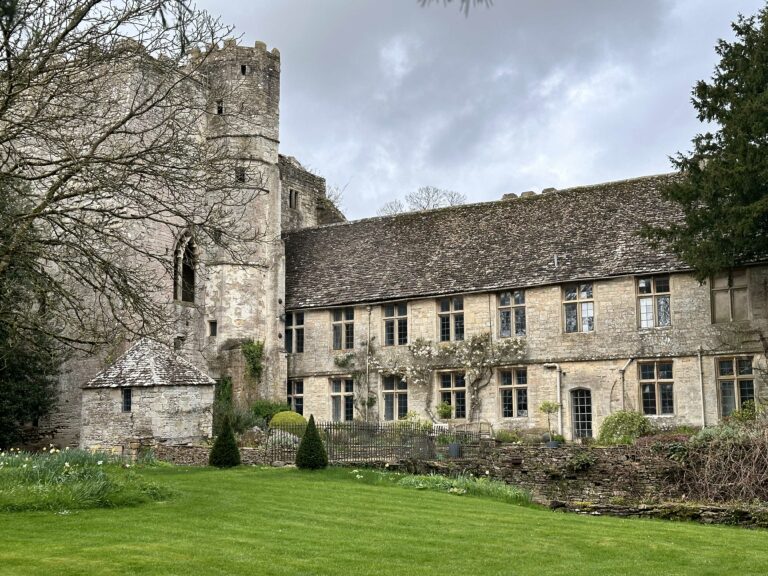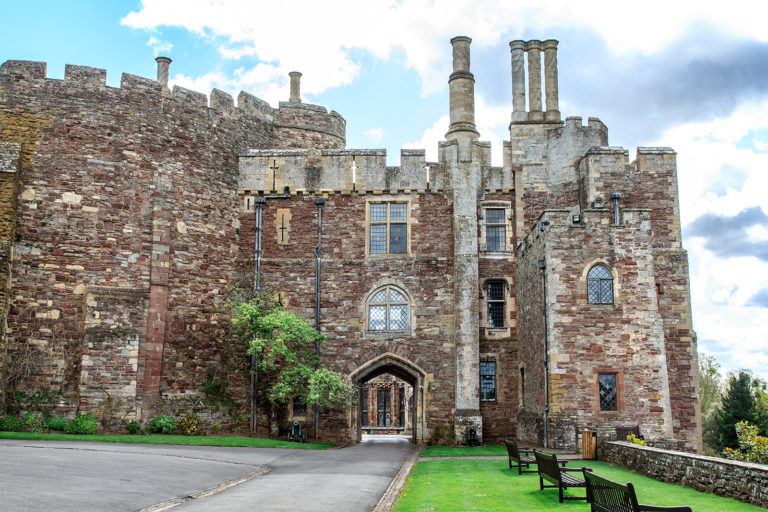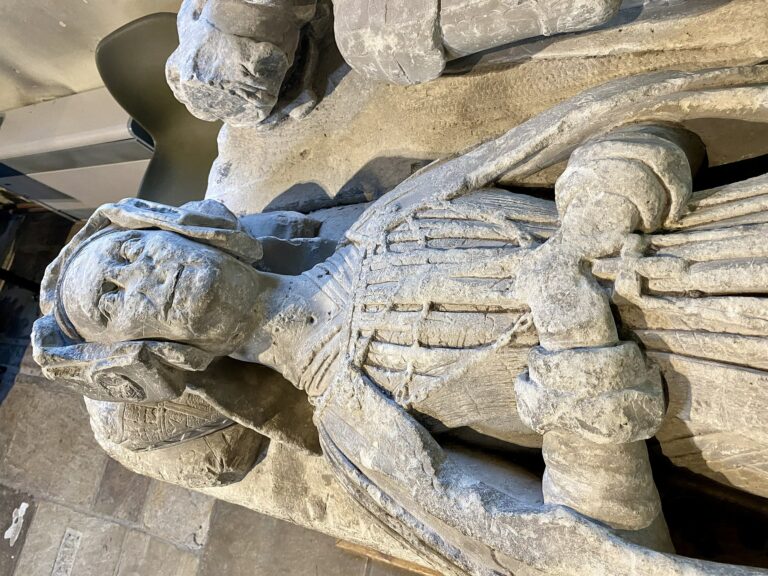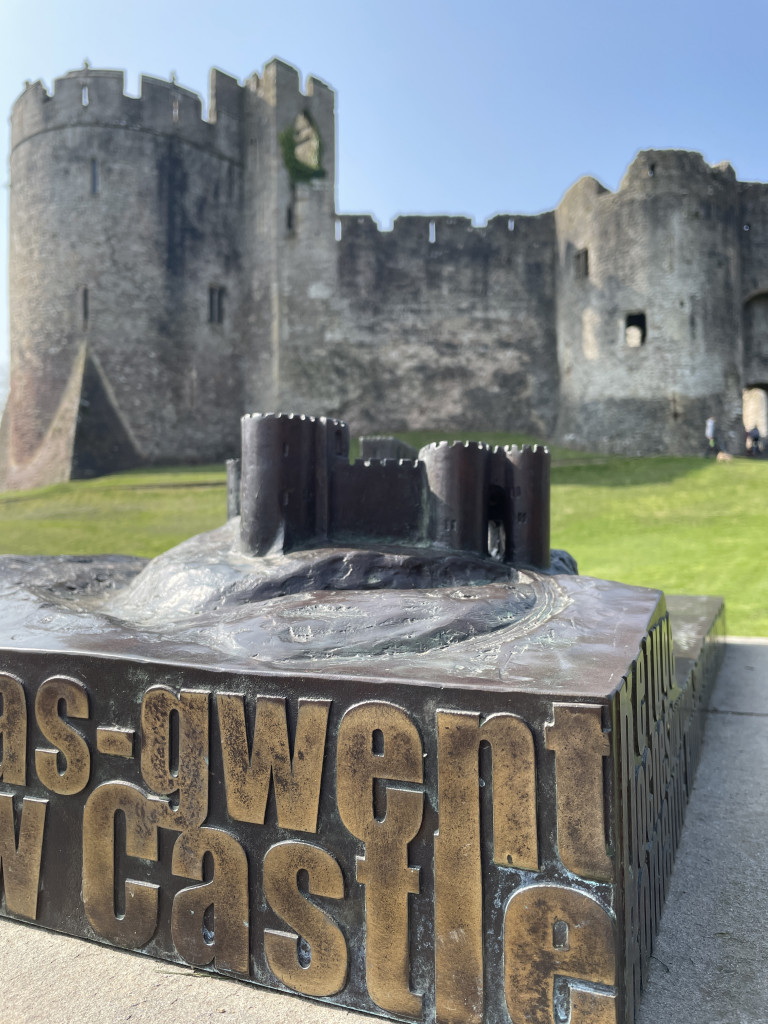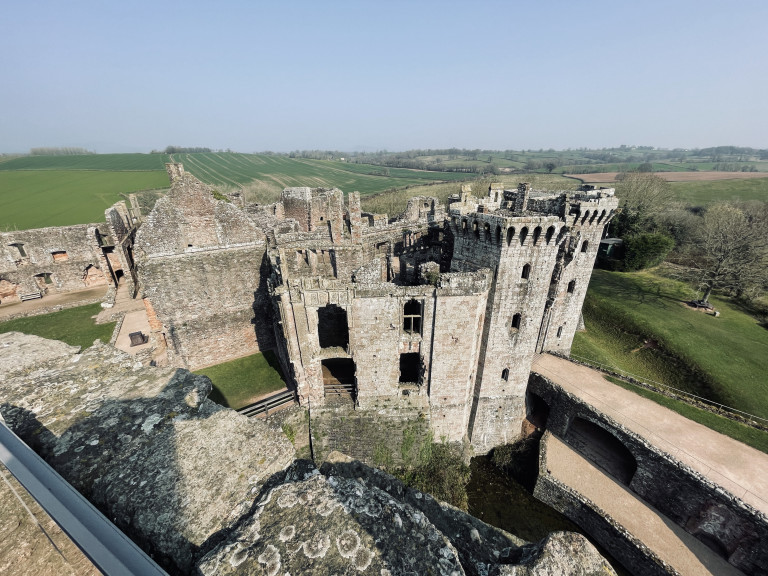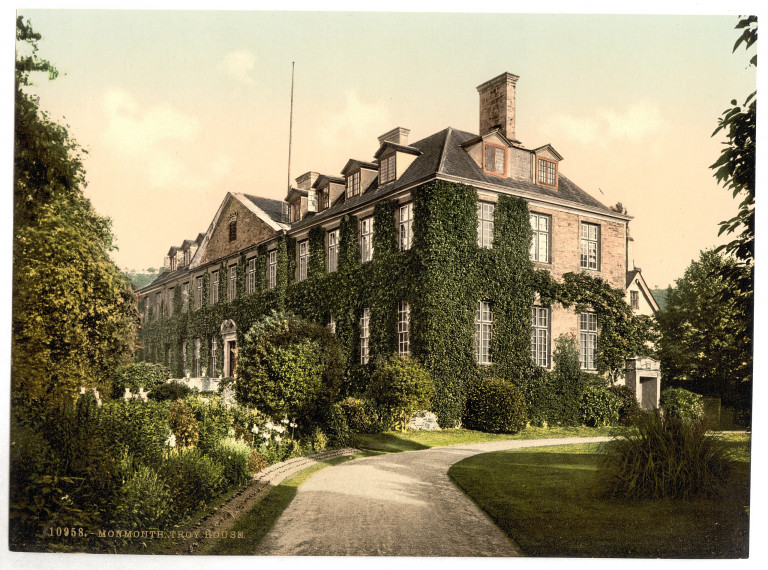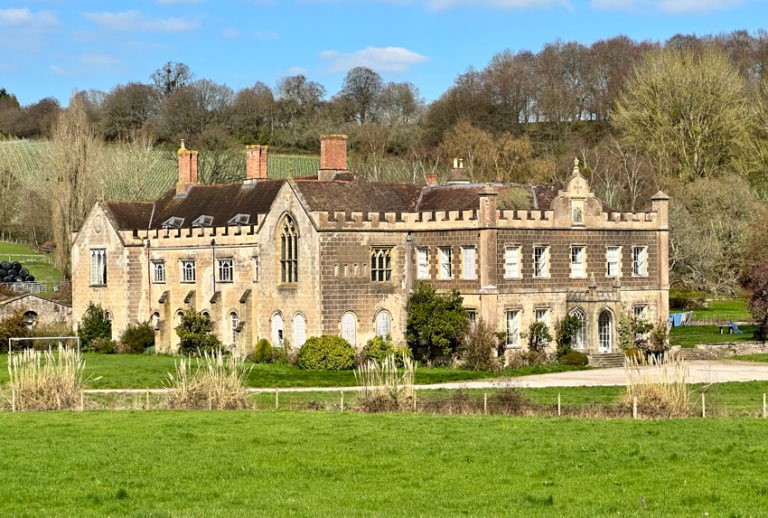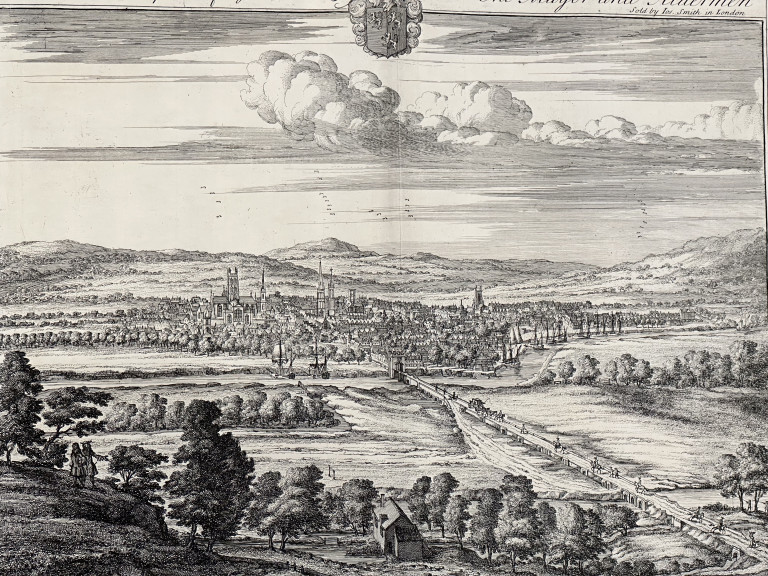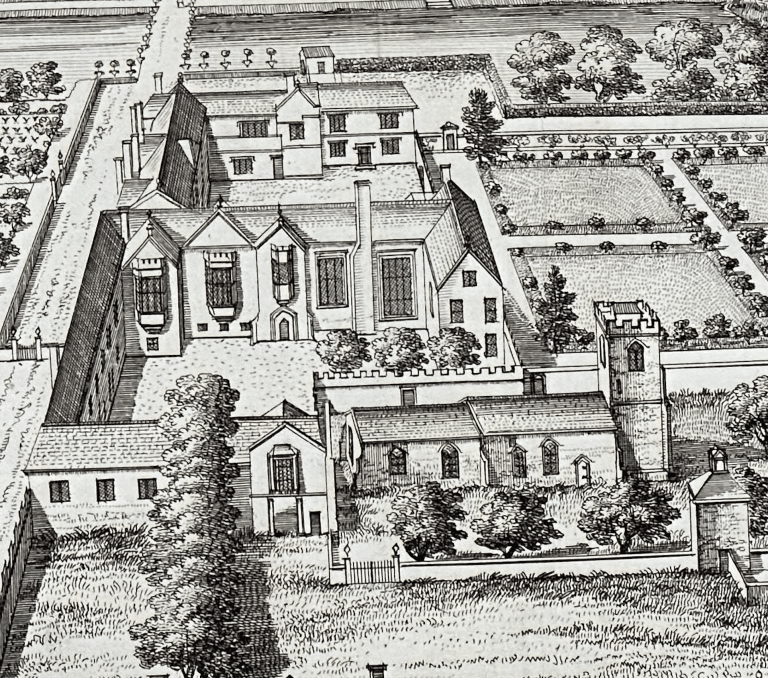The 1502 Progress: Coates / Cotes, Gloucestershire
Just as with Beverston, the mention of Cotes as a location on the 1502 progress is fleeting.
Coates is a parish about three miles west of Cirencester in Gloucestershire. During the medieval and Tudor periods, Cirencester was a thriving wool town. Henry had visited Cirencester before, on at least one occasion. The choice of Cotes Place as a lodging for the royal party may have meant that the King could rekindle acquaintances with the wool merchants of the nearby town.
To read the entire article, join the membership by clicking the red button in the top right hand corner of this page.

